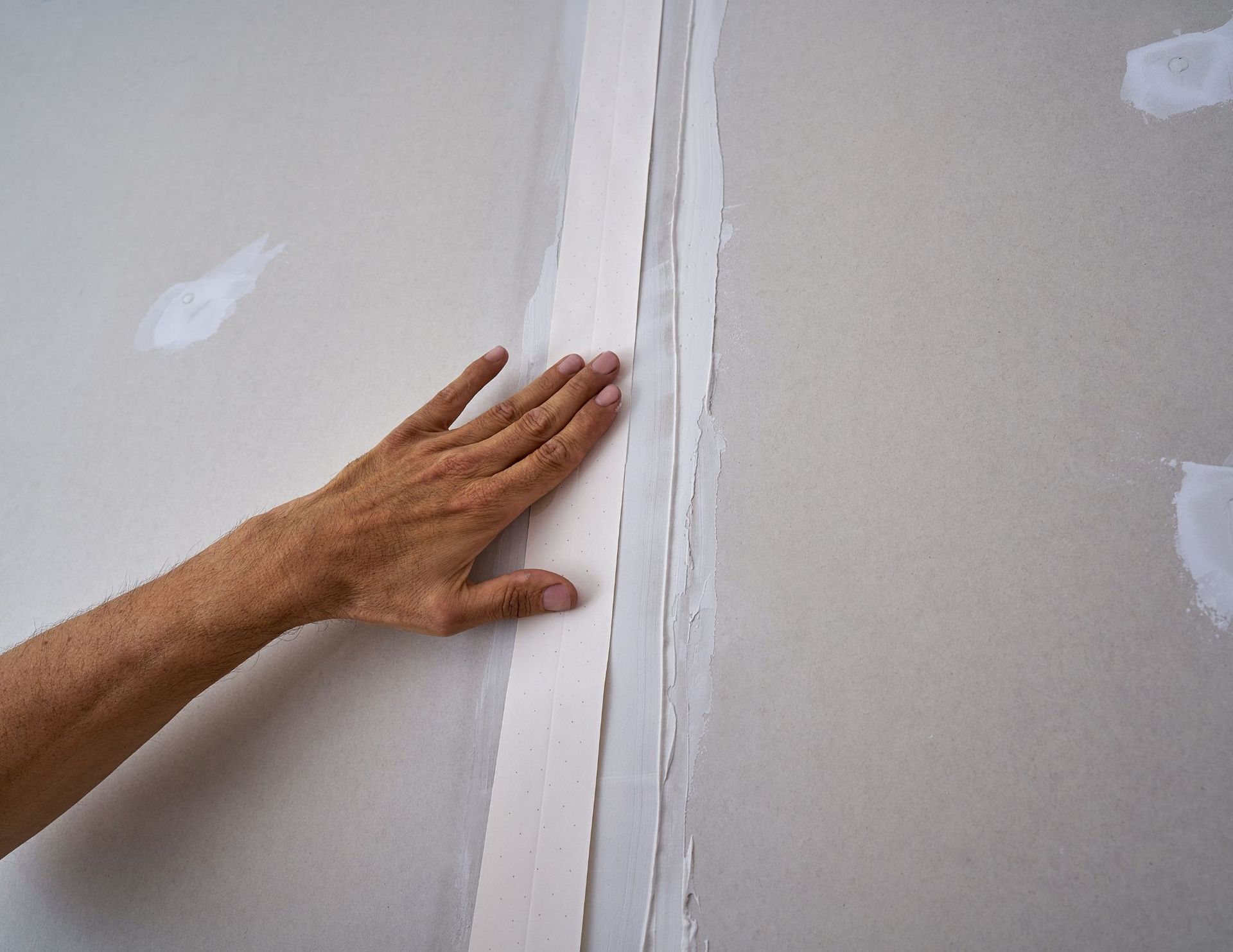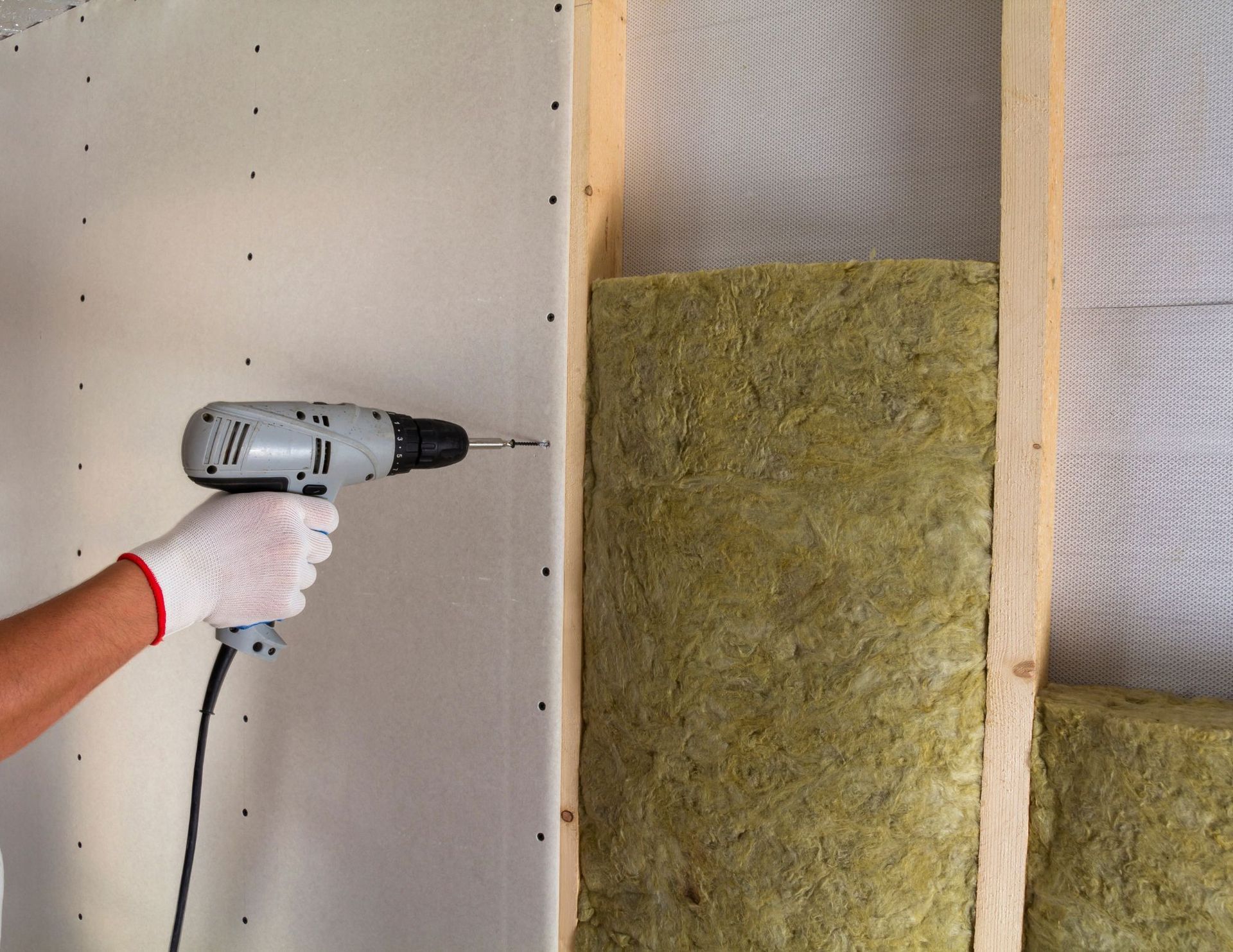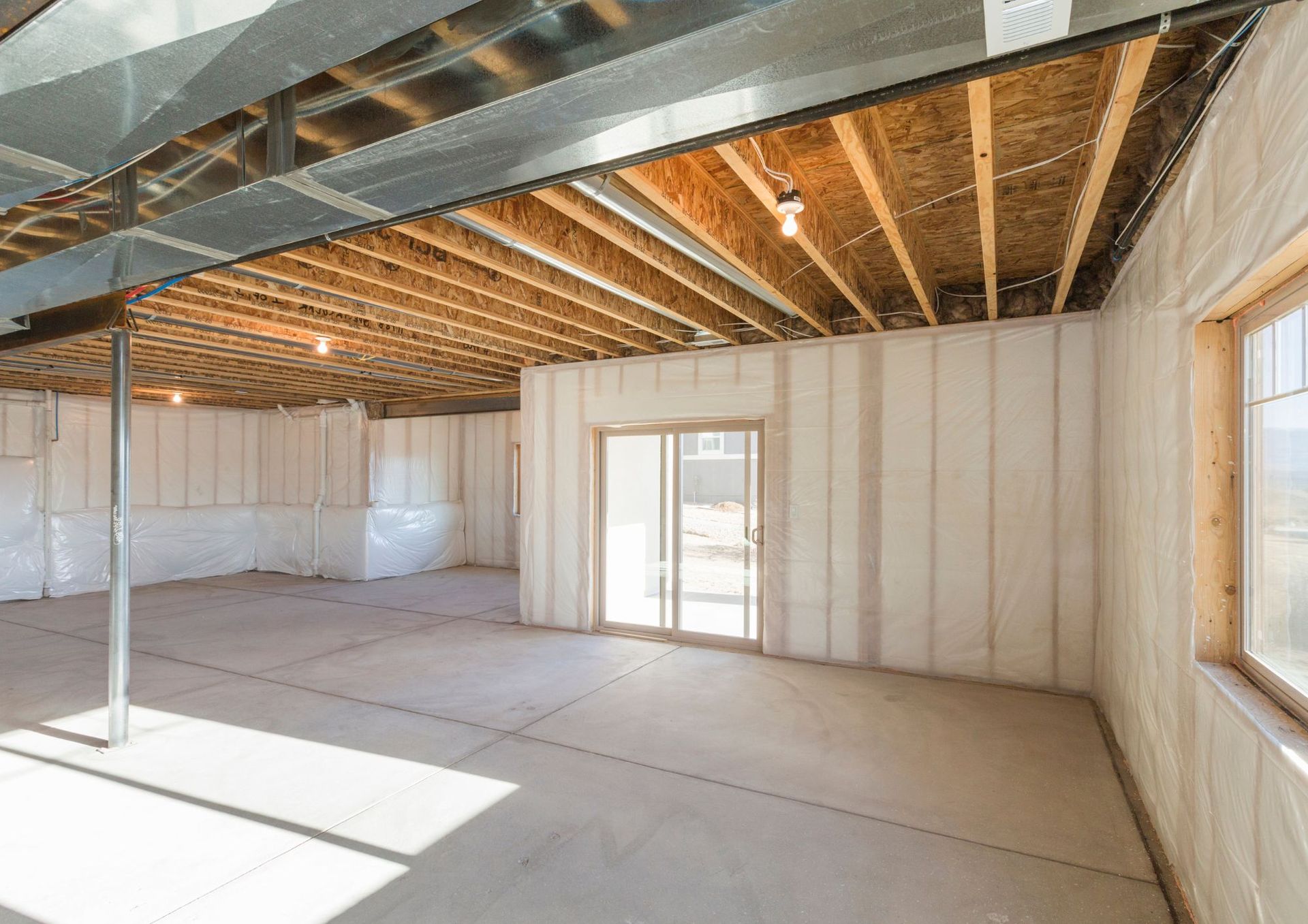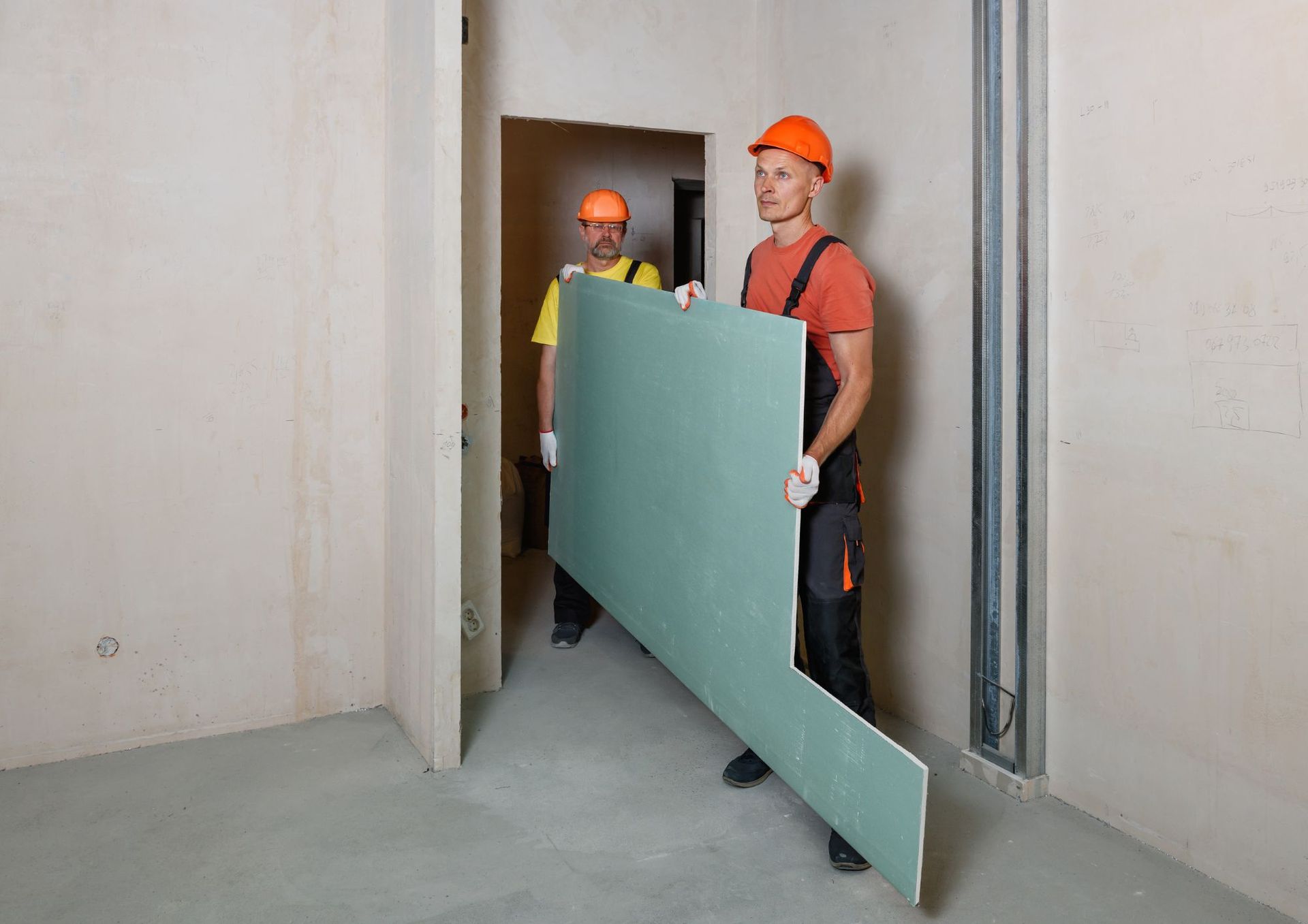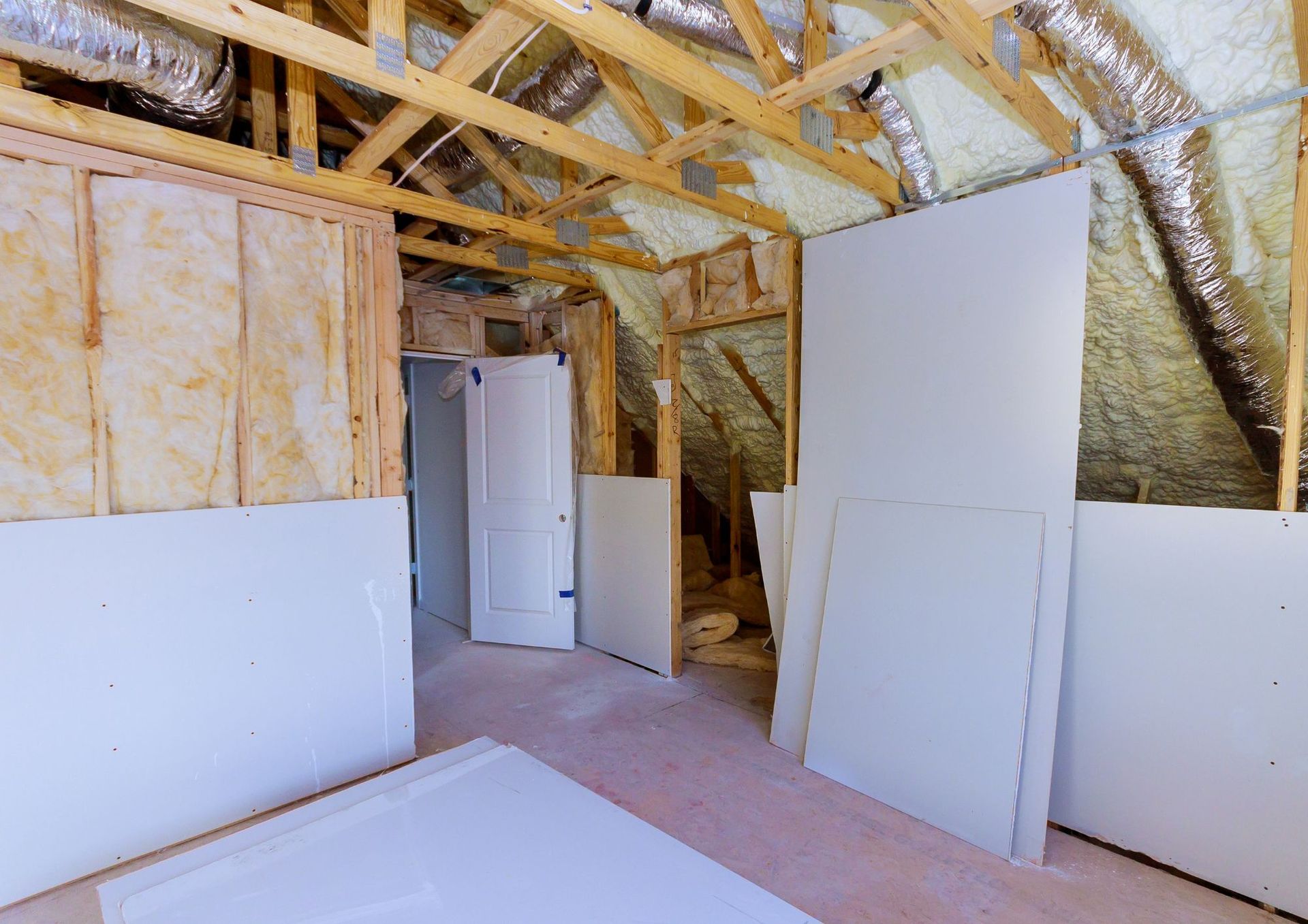Do You Need To Clean Drywall Dust Before Priming?
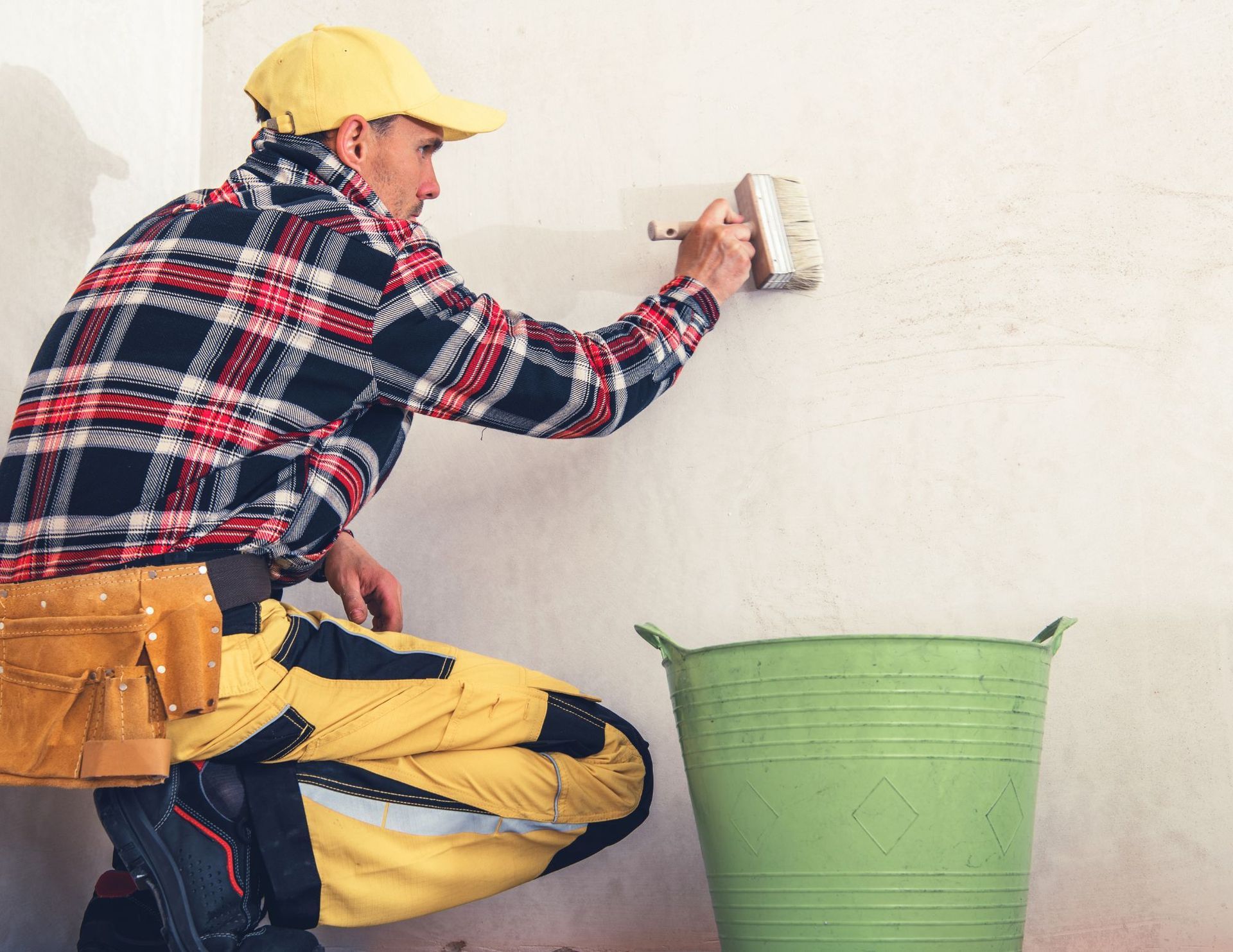
Priming is one of the last steps before you start applying your new coats of paint. Once the drywall has been installed and the mud and tape coats have been applied, all of the small imperfections need to be sanded. What's left is a decent amount of dust on the walls. We've seen a few people online have been asking whether they need to clean dust off drywall before painting. Here is why you need to do just that.
The Importance of a Clean Surface
It's crucial to have a clean surface to apply primer and paint to. Any dust, crumbs, or imperfections left on the surface of the wall are going to poke through any final coats you're putting on. You'll want to give the wall a good wipe after you're finished sanding the dry compound.
Some more consequences of not cleaning off drywall dust before priming are below.
1. Poor Adhesion:
Dust and debris can create a barrier between the paint and the wall. This can lead to poor adhesion, meaning your paint won't stick well, and you may end up with flaking or peeling paint.
2. Uneven Finish:
Drywall dust and dirt can create an uneven texture on your walls. When you paint over this, you'll notice imperfections in the finish, which is far from the smooth, flawless look you're aiming for.
3. Shortened Lifespan:
A dirty surface can cause your paint to age prematurely. This means you'll likely need to repaint sooner than you'd like, leading to more work and expense in the long run.
4. Difficulty in Application:
Painting over dust can be frustrating. The dust particles can get mixed into your paint, leaving visible specks on your walls. This not only looks bad but can be tough to fix after the fact.
Given these potential issues, it's clear that starting with a clean slate is essential. But does this mean you have to clean off every speck of drywall dust before priming?
The Drywall Dust Dilemma
Drywall installation and finishing inevitably generate dust. Sanding the joints and seams is a standard part of the drywall process, and it leaves behind fine particles that seem impossible to escape. So, when it's time to paint, what should you do with all that dust?
The answer depends on the state of your walls and your desired results.
1. New Drywall vs. Existing Walls:
If you're dealing with new drywall installation, it's essential to clean off the dust before priming. This is because new drywall will have a significant amount of dust and debris from the sanding process. If you skip this step, your paint job is likely to suffer from all the issues mentioned earlier.
For existing walls that have already been painted and are in good condition, you may not need to clean off every speck of dust before priming. However, it's still a good practice to dust and wipe down the surface to ensure a better paint bond and a smoother finish.
2. Type of Primer:
The type of primer you plan to use can also influence whether you need to clean drywall dust beforehand. Some high-quality primers are designed to adhere well even to slightly dusty surfaces. However, it's generally a good rule of thumb to start with a clean canvas to maximize the longevity and appearance of your paint job.
Cleaning Drywall Dust: Step-by-Step
Now that we've established the importance of a clean surface let's go through the process of cleaning drywall dust before priming:
1. Safety First:
Before you begin, ensure you have the right safety gear. Wear a dust mask, safety goggles, and gloves to protect yourself from inhaling or coming into contact with the dust.
2. Remove Loose Dust:
Start by using a dry, clean cloth or a soft-bristle brush to remove as much loose dust as possible. You can also use a vacuum cleaner with a HEPA filter attachment to suck up the dust, but be gentle to avoid damaging the drywall surface.
3. Wipe Down the Surface:
Next, dampen a clean cloth or sponge with water. Wipe down the entire surface of the drywall, making sure to pick up any remaining dust. Be careful not to oversaturate the drywall, as excessive moisture can cause damage.
4. Check for Residue:
After wiping down the walls, inspect them closely. If you still see drywall dust or residue, repeat the process until the surface is clean. This might require several passes.
5. Allow to Dry:
Once you're satisfied that the walls are clean, allow them to dry completely before applying primer. This ensures that the primer adheres properly and that you don't trap any moisture under the primer coat.
Priming for Success
Now that your drywall is clean and ready, it's time to apply primer. Primer serves several essential functions:
- **Sealing:** It seals the surface, preventing the paint from soaking into the drywall, which can lead to uneven color and finish.
- **Uniform Surface:** It provides a uniform surface for the paint to adhere to, ensuring a consistent finish.
- **Better Adhesion:** Primer helps the paint adhere better, reducing the risk of peeling or flaking.
When our drywall contractors are choosing a primer, opt for one that's suitable for your specific project. There are different types of primers available, including stain-blocking, high-hide, and adhesion-promoting primers. Select the one that addresses any specific issues you may have, such as stains or uneven surfaces.
The Final Verdict
So, do you need to clean drywall dust before priming? The short answer is yes, you should. Starting with a clean surface is a fundamental step in achieving a professional-looking paint job. While there are certain situations where you might be able to get away with less cleaning, it's generally best practice to ensure your walls are as dust-free as possible.


